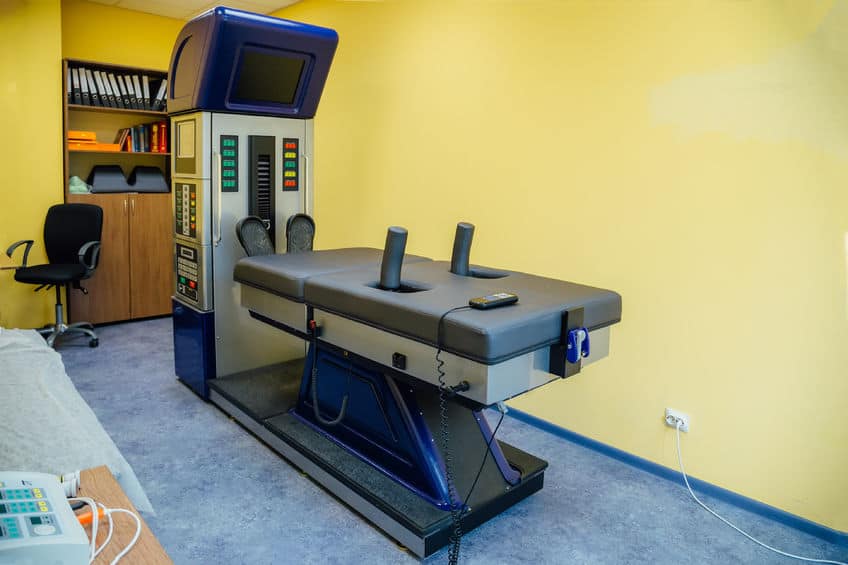Lumbar Decompression
Lumbar decompression is a type of surgery. It is used to treat compressed nerves in the lower part of the spine. It is only recommended when non-surgical procedures have not worked. Lumbar decompression helps improve symptoms like chronic pain, and numbness in the legs. This is caused by pressure on the nerves in the spine. Lumbar decompression is often used to treat spinal
stenosis, slipped disc, sciatica, spinal injuries, and spinal cord compression.
Who performs the surgery?
There are two types of surgeons that can perform this surgery. A neurosurgeon or an orthopedic surgeon are both capable of this type of surgery. The type of surgeon will depend on the patient’s specific condition. A neurosurgeon focuses on the disorders of the nervous system. This includes the nervous system and nerve roots. An orthopedic surgeon treats disorders of the musculoskeletal system.
Types of Lumbar Decompression
If surgery is recommended, there is a couple different procedures that may be used. One type is called a laminectomy. A laminectomy removes a section of the bone from one of the vertebrae. This helps to relieve pressure off the affected nerve. Another type of procedure is a discectomy. A discectomy removes a section of damaged disc. This also helps to relieve pressure off the nerve. The final type of procedure is a spinal fusion. This joins two or more vertebrae together with a section of bone. This helps to stabilize and strengthen the spine. In some cases, a combination of these techniques may be used.
Recovery
The hospital stay for lumbar decompression is typically short. The patient should be able to leave the hospital within one to four days after having the surgery. The length of stay can depend on mobility before the operation. Most patients are able to walk without assistance a day after the operation. More strenuous activities will need to be avoided for six weeks. It can take four to six weeks before returning to work. More time may be needed off, if your job requires heavy lifting.
Risks
With every operation, there are risks associated. Lumbar decompression is often successful. Although, there can be complications. Infection can occur at the site of operation. In rare cases infection can occur elsewhere. A clot can dislodge and travel to the lungs. This is a serious problem called pulmonary embolism. A clot can also dislodge and travel to the legs. This is called deep vein thrombosis. Damage to the nerves of spinal cord can occur. This can result in numbness in legs.
Nonsurgical Lumbar Decompression
There is a nonsurgical option for spinal decompression. It is a type of motorized traction. This can help relieve back pain. It works by gently stretching the spine. This changes force and position of the spine. It helps take pressure off the discs. As a result bulging or herniated discs can retract. This helps take pressure off of the nerve. It also helps to promote movement of water, oxygen and nutrient rich fluids into the disc. This helps the disc properly heal.
